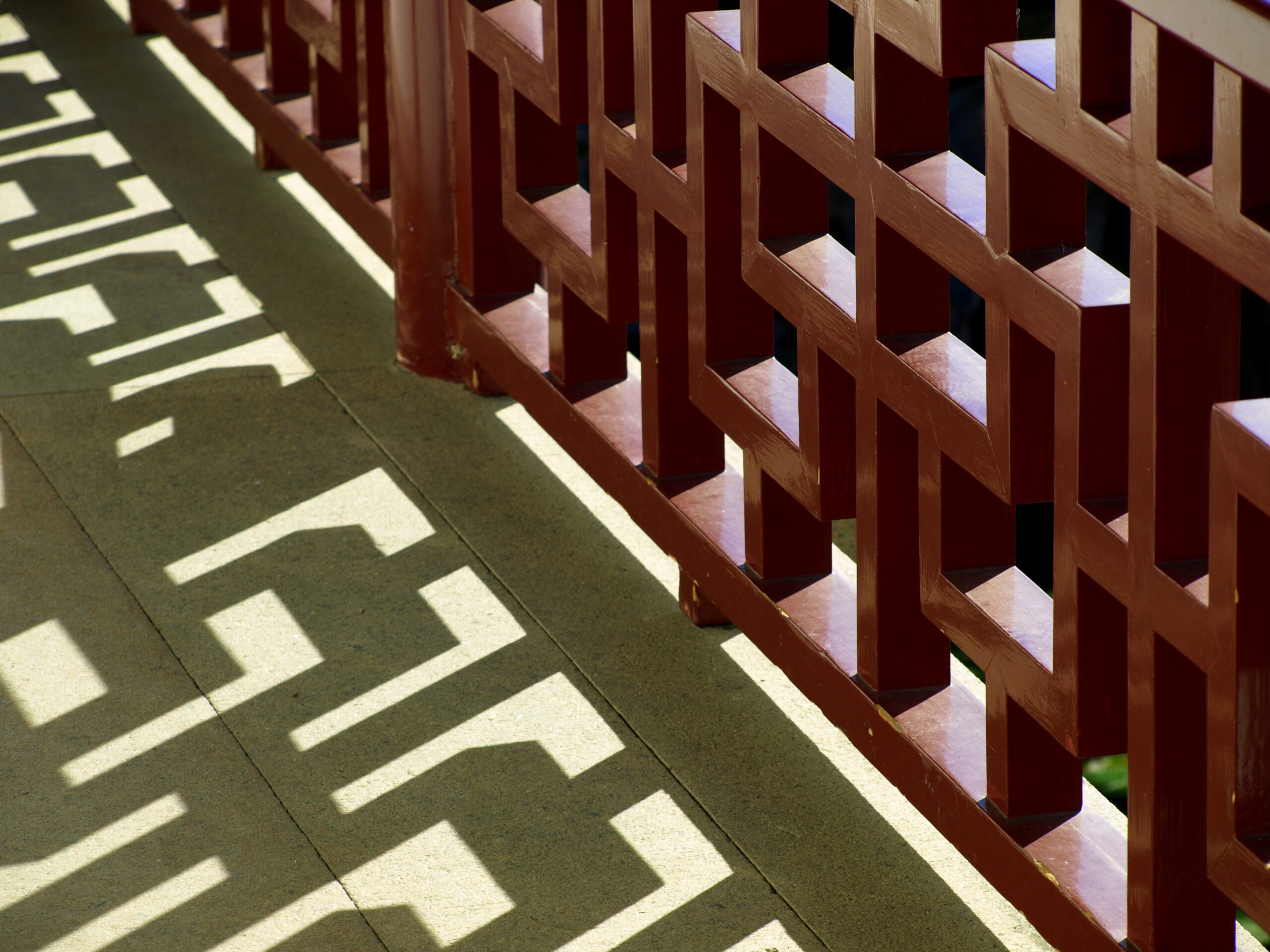Silicone Structural Adhesive Manual for Builders
Did you know that nearly 75% of building experts rely on silicone structural adhesives for efficient weatherproof construction? These top-quality adhesives are not just a fad; they have become indispensable in contemporary building projects for their exceptional durability and strength against weather elements.
Silicone structural adhesives provide strong adhesion and increased suitability with a variety of substances. This makes them the go-to choice for builders concentrated on longevity and lower maintenance. Their effectiveness in various uses, particularly in framework joints and glazing, demonstrates how these building sealants play a vital role in improving the functionality and security of structures.
Introduction to Silicone Framework Sealants
Silicone framework sealants are a significant advancement in building and construction. They offer strong bonding and flexibility, making them important in contemporary architecture. Unlike traditional adhesives, silicone adhesives feature lasting flexibility. This is important in areas susceptible to movement or growth.
The creation of structural glazing sealants has been a revolutionary. These sealants are essential for multiple uses, both inside and outside buildings. They ensure integrity in diverse building ventures. With a history spanning years, glass adhesive are now vital for security and aesthetics in architecture.
Builders and architects rely on silicone adhesives for their efficiency and flexibility. They are utilized in glazing and bonding façade joints, offering a reliable solution for contemporary construction. As we delve into the types and characteristics of silicone sealants, it’s evident they have a crucial role in construction methods.
Types of Silicone Adhesives
For builders and contractors, it’s vital to understand the various types of silicone sealants. The main categories are non-reactive silicone sealant and reactive rubber adhesive. Each category has unique characteristics that impact their use, making it crucial to choose the appropriate one for a venture.
Neutral Rubber Adhesive
Non-reactive silicone sealant is the preferred for sensitive uses. It doesn’t emit solvents that could trigger rust or damaging chemical reactions with various materials. This makes it ideal for framework window sealing, particularly in bonding glass. Constructors often select this sealant for dealing with alloys and other sensitive substances.
Acid Rubber Adhesive
Acid silicone sealant is perfect for projects with robust materials. It cures fast, making it great for filling spaces quickly. It’s utilized in both home and business settings where speed and durability are important. Developers appreciate its versatility, but caution is needed when applying it with materials that react badly to acids.
Important Attributes of Silicone Framework Sealant
Silicone structural adhesives shine in building due to their standout attributes. They offer high adhesion, robust weather resistance, and exceptional longevity. These qualities are crucial for constructors seeking a dependable sealant for multiple uses.
Bonding and Compatibility
High-quality structural sealants adhere strongly to substrates like panes, metal, and concrete. This flexibility is vital for projects requiring a strong bond across various substrates. Constructors appreciate this adhesive for its capacity to guarantee a strong bond, improving the building’s integrity.
Weatherproofing
Designed to withstand harsh environments, weatherproof rubber adhesive resists to UV rays, moisture, and extreme weather. Such resilience ensures it continues to work effectively over time. It’s an perfect choice for projects exposed to the weather or those in environments with changing conditions.
Durability and Efficiency
One of rubber adhesives’ key qualities is their longevity. They are designed to last, even with structural movement. This flexibility and longevity make them a preferred pick for ventures requiring to adapt and last, ensuring steady efficiency over their lifespan.
| Attribute | Explanation | Benefits |
|---|---|---|
| Adhesion | Strong adhesive capability to various substrates | Guarantees building cohesion and dependability |
| Weather Resistance | Defense from UV rays, humidity, and temperature changes | Improves longevity and avoids sealant breakdown |
| Longevity | Capacity to withstand building shifts | Provides a long-lasting and efficient seal |
Uses for Rubber Sealant in Construction
Silicone adhesives are crucial in construction, particularly in structural glazing applications. They bond architectural elements like glass panes, exteriors, and curtain walls, ensuring both strength and beauty. A high-performance silicone sealant not only forms a robust connection but also moves with building materials, preserving the seal through natural movements.
Rubber adhesives are also key in creating weather-resistant barriers, improving buildings’ resilience against severe conditions. This is essential for the longevity and safety of structures. Here are some significant areas of use:
- Bonding different substances, such as glass to metal or concrete.
- Forming bonds in curtain wall systems, enhancing energy efficiency.
- Providing waterproofing solutions for roofs and siding applications.
- Enabling expansion and shrinkage in dynamic structures.
- Ensuring aesthetic appearance consistency in various building designs.
The unique blend of flexibility, longevity, and weatherproofing makes top-quality rubber adhesives ideal for modern building requirements. As builders look for innovative solutions, silicone adhesive is more utilized, resulting in more secure and more efficient building methods.
| Use | Description | Advantages |
|---|---|---|
| Framework Window Sealing | Bonding glass panes to frameworks | Enhanced appearance, strong connection, elastic shifts |
| Weatherproofing | Sealing roofs and siding from moisture | Water resistance, better durability, energy performance |
| Bonding Dissimilar Materials | Joining materials like alloys and panes | Versatility in substance suitability, strong adhesion |
How to Choose the Appropriate Rubber Framework Adhesive
Choosing the appropriate rubber framework adhesive requires a detailed examination of material kinds and environmental conditions. It’s essential to understand how various materials interact with various adhesives. This understanding is crucial for choosing a top-quality rubber adhesive that can endure specific stresses.
Factors for Different Materials
When choosing silicone joint sealant, different substrates demand unique methods. Below is a table outlining typical substrates and their related considerations:
| Material Type | Recommended Sealant Type | Key Considerations |
|---|---|---|
| Concrete | Professional-grade silicone sealant | Bonding characteristics and curing time |
| Panes | Neutral silicone sealant | Clear finish and UV resistance |
| Metal | Rubber adhesive | Rust protection and flexibility |
| Timber | Mixed rubber adhesive | Waterproofing and movement capability |
Environmental Conditions
The surroundings significantly influences the selection of adhesive. Factors such as extreme weather, moisture conditions, and chemical exposure must be considered. An ideal sealant should maintain efficiency across varying situations.
- Temperature: Ensure the adhesive can withstand the exact temperature range.
- Humidity: Choose sealants resistant to humidity for humid environments.
- Chemical Exposure: If the region will be subjected to chemicals, choose a adhesive with appropriate protection.
For the optimal outcome, consistently refer to producer guidelines and conduct suitability checks with materials. This approach reduces risk and ensures durability for all ventures involving a rubber framework adhesive.
Proper Application Methods
Mastering the skill of acid silicone sealant application is crucial for its efficiency. The result depends on the completeness of surface preparation and the techniques used. These preliminary stages create the foundation for a successful sealant application.
Surface Preparation
Substrate cleaning is the foundation of efficient rubber framework adhesive installation. It’s critical that materials are thoroughly washed, dehydrated, and free of any contaminants. The essential procedures for substrate cleaning are:
- Cleaning: Dust, oil, and residues must be removed. The choice of cleaner should suit the material kind.
- Priming: A primer may be required, based on the adhesive and substrate, to strengthen bonding.
- Drying: Complete dehydration of the surface is essential before using the adhesive, as moisture can undermine its efficiency.
Adhesive Techniques
Opting for the correct sealant application methods is vital for excellent outcomes. The method employed should match with the venture’s needs and the wanted finish. Common techniques include:
- Caulking Gun: This technique is favored for its precision in regulating bead size.
- Trowel Application: Perfect for bigger regions or when a substantial adhesive coat is required.
- Backer Rod Installation: Essential in thicker gaps, this technique regulates sealant depth and enhances adhesion.
Sticking to these application methods is vital to avoid bubble formation, which can detract from the bond’s strength. Carefulness in both surface preparation and application ensures a seal that is both durable and effective, supporting the lasting achievement of building projects.
Verification in Adhesive Application
Guaranteeing the quality of adhesive application is vital for achieving efficiency goals. Efficient testing methods assist builders and developers check the cohesion of their projects. This involves detailed sealant adhesion testing under various conditions to determine if the sealant bonds well with the surfaces it touches.
Bond Verification
Verifying sealant adhesion is essential for evaluating rubber adhesives. Methods used involve:
- Bond strength checks – a common method to evaluate the adhesive capacity between the adhesive and the surface.
- Adhesion checks – useful for verifying how well the sealant bonds over time.
- Field tests – real-world checks that ensure the sealant works as expected in actual conditions.
These methods, part of the standard verification, build trust in the adhesive’s bonding capacity and its suitability for a project.
Recording and Warranty Considerations
Documentation is key in guaranteeing adhesive standard. It includes noting the materials used, how they were installed, and the conditions at the time of installation. Detailed notes help in later upkeep and protect all stakeholders. Guarantee factors are crucial, offering coverage against defects and outlining the responsibilities of producers and applicators. Sticking to standard documentation practices lowers dangers from sealants that don’t achieve standards.
| Documentation Type | Explanation |
|---|---|
| Application Notes | Details on the application process, including environment and techniques used. |
| Safety Information | Details on the safety and handling of adhesives employed in the project. |
| Warranty Documents | Conditions and conditions outlining protection against defects and failures. |
Maintaining accurate info throughout the procedure is crucial for sealant quality assurance. Efficient testing and detailed documentation ensure strong guarantee factors, resulting in successful outcomes.
Frequent Errors to Avoid with Silicone Sealants
Many builders encounter issues with rubber adhesives that can greatly affect their ventures. It’s crucial to fix these mistakes for a enduring and effective seal. Here are some typical errors to be aware of:
- Incorrect Substrate Cleaning: Not cleaning and preparing surfaces properly can result in poor bonding. Consistently remove dust, grease, or impurities before using the sealant.
- Selecting the Incorrect Adhesive: Various ventures require specific adhesives. Using an acid silicone in a place where a non-reactive adhesive is required can result in inferior performance.
- Poor Application Techniques: Applying sealant unevenly can form vulnerable areas. A steady hand and even pressure during application are essential for a solid bond.
- Ignoring Environmental Conditions: Sealants work best within certain temperature and moisture conditions. Using them in extreme conditions can lower their effectiveness.
- Neglecting Curing Times: Rushing the drying process can lead in partial bonding. Consistently follow the suggested curing times for the optimal outcome.
Identifying and addressing these rubber adhesive mistakes ensures better performance and durability in construction projects. Adopting these measures can lead effective installations and minimize the requirement for future repairs.
| Error | Impact | Fix |
|---|---|---|
| Improper Surface Preparation | Weak bonding resulting in seal failure | Thoroughly clean and prepare substrates before application |
| Choosing the Wrong Type of Sealant | Inadequate performance in specific situations | Choose a sealant suitable with the use |
| Poor Application Techniques | Weak points in the bond, risk of leaks | Adopt steady and uniform adhesive techniques |
| Overlooking Surrounding Factors | Compromised seal integrity | Check temperature and humidity before use |
| Overlooking Drying Periods | Chance of early breaks | Adhere to the recommended drying periods |
Maintenance of Silicone Structural Sealants
Ensuring the durability and performance of rubber framework adhesives is crucial. Regular upkeep can avoid fungus development, fading, and seal failure. This proactive approach not only maintains the building’s appearance but also prolongs the adhesive’s duration.
Important methods for efficient maintenance are:
- Routine Checks: Check for indications of damage, breaks, or bubbling every few periods.
- Hygiene: Maintain the region around the sealants tidy. Dirt build-up can lead to fungus and fading.
- Reapplication: Timely new usage is crucial when adhesives show signs of degradation to maintain cohesion.
- Environmental Considerations: Be aware of changing weather conditions and their effect on seal effectiveness.
Implementing these steps can significantly reduce possible issues, enhancing the building strength of buildings using rubber products. This commitment to upkeep guarantees a dependable and effective sealant for buildings.
Environmental Impact of Rubber Adhesives
The ecological effects of adhesives, particularly silicone sealants, has seen a increase in attention. This increased focus stems from the requirement to match construction methods with eco-friendliness. The production of these sealants often involves volatile organic compounds (VOCs), which pollute the atmosphere and affect indoor air quality.
As the construction sector shifts towards eco-friendly substances, manufacturers are creating in rubber adhesives. They aim to lower VOC emissions and develop green formulas. These innovations not only cut down on carbon emissions but also align with sustainable construction goals.
Waste management of silicone sealants presents ecological challenges. Unlike some alternatives, silicone is difficult to reuse, resulting in more garbage. Consumers and constructors should seek out materials marked as environmentally responsible or supported by recycling initiatives.
| Factor | Traditional Rubber Adhesives | Eco-Friendly Rubber Adhesives |
|---|---|---|
| VOCs Emission | Higher emissions | Lower emissions |
| Disposal | Difficult to recycle | Made for better reuse |
| Formulation | Standard chemical components | Green ingredients |
| Compliance with Standards | Varies widely | Follows eco-friendly rules |
In the future, constructors and designers should prefer rubber adhesives with reduced ecological effects. Choosing these eco-friendly choices can significantly reduce damage to our environment. At the same time, they still provide the durability and performance required in construction projects.
Contrasting Rubber Adhesives to Other Sealants
Comprehending the differences between silicone structural sealant and other sealant types is essential for creating informed choices in building. This overview will concentrate on two main contrasts: rubber vs. plastic adhesives and silicone vs. polyurethane sealants. Each serves unique functions in bonding uses, determined greatly by their attributes and use cases.
Silicone vs. Acrylic Sealants
Rubber adhesives excel in flexibility and weatherproofing, making them perfect for uses exposed to severe environmental conditions. Acrylic sealants, while easier to coat and typically lower in cost, may not offer the same degree of durability over time. Key differences are:
- Weatherproofing: Silicone is more effective in harsh weather and moisture.
- Flexibility: Silicone can stretch and contract with building shifts, while plastic is prone to cracking.
- Bonding: Silicone bonds strongly to a variety of substrates, whereas plastic may have limitations.
Silicone vs. Polyurethane Sealants
In the contrast of rubber vs. synthetic adhesives, both provide great bonding. Polyurethane sealants may possess a better connection to many surfaces but often are lacking when exposed to extreme conditions. Significant points to note include:
- Adhesion Strength: Synthetic can bond incredibly well on different substrates.
- Weatherproofing: Silicone is more likely to outperform synthetic in intense weather situations.
- Use: Polyurethane usually demands more careful mixing and application than silicone.
Each kind of adhesive has its strengths and disadvantages, determining their fit across various ventures. Making an educated choice relies on comprehending these comparisons when selecting between silicone and alternative sealants.
Future Trends in Silicone Sealant Development
The silicone sealant industry is witnessing major shifts, driven by the requirement for contemporary building solutions. Innovations in adhesive mixtures are boosting longevity while reducing environmental impact. This shift is driven by increased understanding of eco-friendliness, leading the development of effective, green adhesives.
Auto-repair adhesives are a groundbreaking development in this area. These products can on their own fix minor damages, greatly extending their life and cutting down on replacements. This satisfies the growing need for durable building materials.
Constructors face the challenge of handling with weather changes. In response, manufacturers are creating very elastic rubber mixtures. These sealants are engineered to endure varying environmental factors without reducing efficiency. They are ideal for diverse construction projects.
The industry is also moving towards sustainable, efficiency-driven sealant solutions. Constructors and architects now seek materials that satisfy their needs and promote eco-friendly practices. This shift underscores the critical role of ongoing research and development in the industry.
- Self-healing capabilities
- Enhanced flexibility for weather changes
- Lower ecological effects
- Efficiency-focused mixtures
Conclusion and Closing Remarks on Silicone Structural Sealant
Silicone structural sealants are essential in the construction industry, providing numerous advantages that boost both functionality and longevity. They provide excellent bonding characteristics and long-lasting seals, improving building longevity and strength against weather conditions.
These sealants also exhibit impressive weatherproofing and flexibility, making them fit for a variety of applications. By using top-quality rubber adhesives, constructors not only support sustainable practices but also ensure their seals last for long periods, ensuring safety and dependability.
As construction evolves, the use of rubber adhesives will likely lead more durable and energy-efficient solutions. Embracing these advancements will assist builders deliver top-notch results that satisfy contemporary building requirements while supporting green methods.



